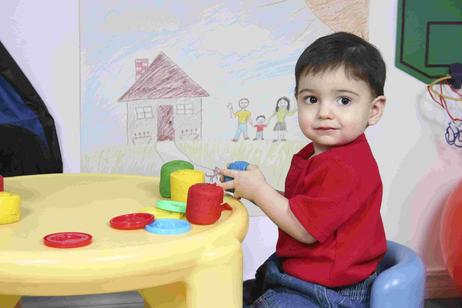Have you ever wondered...
Why a private school doesn't have to tell you why it refused your child admission?
Private schools do not have to accept applicants who do not meet their specific admissions criteria. Each private school has its own unique admissions criteria. Each school reviews its own applicant pool. Each school makes its own decisions completely independent of what any other school may decide. There is no appeal process once that decision is made. Neither does the school have to tell you why it made the decision it did. One way of 'reading the tea leaves' as it were is to hire an educational consultant. Her long experience with and knowledge of schools and their admissions process will generally be most helpful.
What happens if your kid gets caught breaking the rules?
This question is important. Unlike public schools where there is due process and something called student rights, private schools are governed by contract law. You and the school signed a contract covering the various terms and conditions of your child's stay at the school. While it may seem like a lot of fine print and legal language, it is there for a purpose: to protect the school. Read your contract carefully and understand that the school may discipline your child for breaking school rules. Depending on how serious the infraction is, the punishment could include expulsion.
This video offers a testimonial about Solomon Schecter School.


























